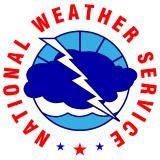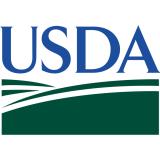California-Nevada Drought & Climate Outlook Webinar: March 22, 2021
According to the March 16 U.S. Drought Monitor, 90.6% of California and 100% of Nevada are in drought. The winter wet season is almost over, and there's little chance for snowpack to reach normal levels. Worse, this is the second year in a row with below-normal snowpack. This webinar discussed current conditions and outlooks, as well as an overview of California and Nevada rangeland conditions.
The California-Nevada Drought Early Warning System (CA-NV DEWS) March 2021 Drought & Climate Outlook Webinar is part of a series of regular drought and climate outlook webinars designed to provide stakeholders and other interested parties in the region with timely information on current drought status and impacts, as well as a preview of current and developing climatic events (i.e., El Niño and La Niña).
Key Partners
We would like to thank Dan McEvoy (WRCC/DRI/CNAP), Nathan Patrick (California-Nevada River Forecast Center), Lauren Parker (UC Davis), Kerri Jean Ormerod (University of Nevada Reno Extension), and Leslie Roche (University of California Cooperative Extension) for taking the time to present as part of the California-Nevada Drought & Climate Outlook webinar series.







